Calcium: we are all told we need more of it. That’s why we should drink milk, right?
Well, as many in the Paleo community know, this is actually not quite the case. Calcium — while a mineral completely necessary for life — is not the be-all and end-all that most media would have you believe. There are actually many misconceptions and misnomers around calcium, and milk consumption is just the first one.
Did you know, for example, that the United States has one of the highest intakes of calcium – yet also has one of the highest rates of osteoporosis? If calcium were all it took for bone health, wouldn’t this data be impossible? As you can see, we are not getting the whole truth when it comes to calcium.
Love turmeric recipes?
Add power-packed anti-inflammatories to every meal with these FREE turmeric recipes!
[tweet_quote] Dairy is rich in calcium, sure, but it is also highly insulinogenic and can lead to inflammation issues. [/tweet_quote]
Many people do not realize that there are whole bevy of foods which are rich in calcium, but do not lead to any of these problems. So without further ado, let’s dive deep into the real story behind calcium and how much you actually need to keep your bones strong and healthy!
Is The Daily Value Correct?
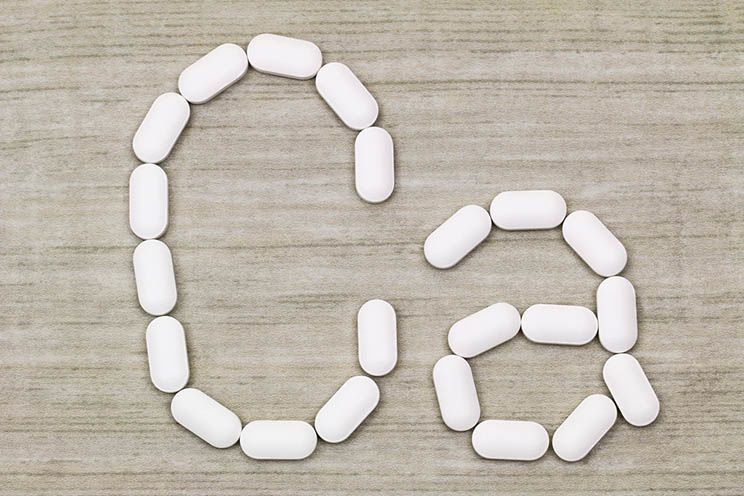
Does Calcium Build Strong Bones?

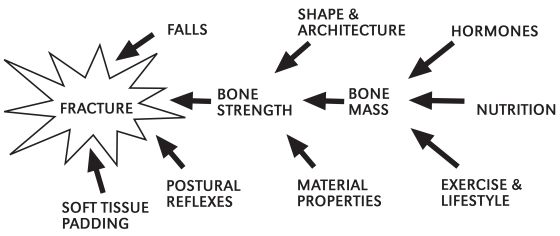
Many scientific papers have cited the numerous lifestyle and dietary factors which are needed to have excellent bone health — and yet this information rarely makes it out to the public. Why is this? Perhaps it’s politics, perhaps it’s a lack of interest from the public — who knows. But what is very real is the myriad of things you need to be doing right in order to keep your bones healthy and strong.
Is Milk The Best Source Of Calcium?
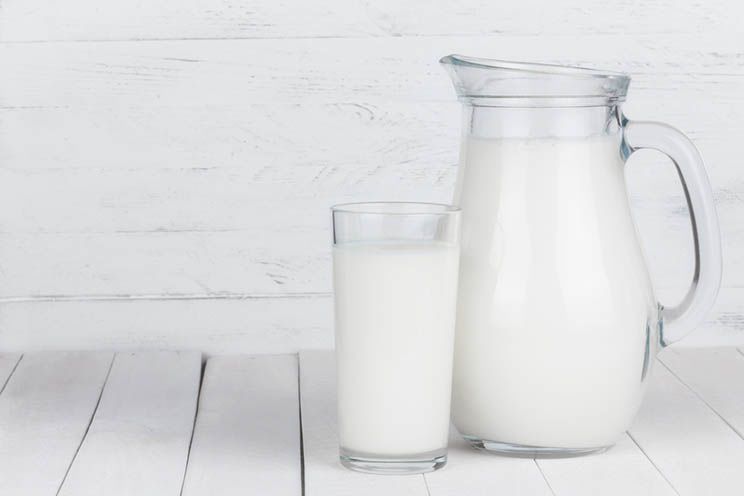
While dairy is highly contextual (meaning what works for me might not work for you) I actually recommend a diet rich in green leafy vegetables, rather than rich in dairy. Why? For starters, vegetables will avoid all the problems that dairy promotes. In addition, green leafy vegetables contain many more beneficial compounds, like the epoxyxanthophylls found in spinach. Then there is broccoli, which contains a large amount of calcium, and also has bioactive compounds, like sulforaphane.
Clearly you can see that milk is not the best source of calcium. In fact, many people report significant improvements in their health when dropping dairy from their daily regimen, and replacing it with green leafy vegetables. In addition, green leafy vegetables (especially the cruciferous kind) have been linked to lower rates of cancer. Dig in!
Does Calcium Prevent Bone Fractures?

So what does help prevent bone fractures? Well, before we get there, it’s important to note that our bones are constantly breaking down and rebuilding (similar to muscle growth), and this process is called bone remodeling. This helps our bones adapt to new stressors, and also allows bones to grow (i.e., in children). Bones are also the biggest storage place for calcium.
When our health declines, calcium can be taken away from bones, leaving them more likely to fracture. While there is indeed far more to this process than my short summary, the bottom line is that you need to do everything in your power to keep your bones strong. This means avoiding high levels of stress (chronically high cortisol depletes calcium), getting plenty of vitamin D3 (a deficiency can cause calcium levels to drop), and getting plenty of magnesium (vital in making up the structure of the bone matrix).
Another commonly overlooked factor in bone issues is inflammation. [tweet_quote] Systemic inflammation is terrible for just about any element of health — but it’s really bad news for those worried about bone health. [/tweet_quote]
Eating an anti-inflammatory Paleo diet, getting plenty of sleep, and practicing stress-relieving exercise and meditation will go a long way in keeping chronic inflammation at bay. As you can see, the way to strong bones is actually much more clear and logical than many are led to believe.
One last factor which can be quite damaging for bone health is prescription medication. Some medications are commonly prescribed, and yet the side effects aren’t accounted for. Make sure to ask your doctor about any side effects from medications you may be taking. If at all possible, get off those medications, and work on improving your health through a healthier diet and lifestyle.
What Other Foods Have Calcium?
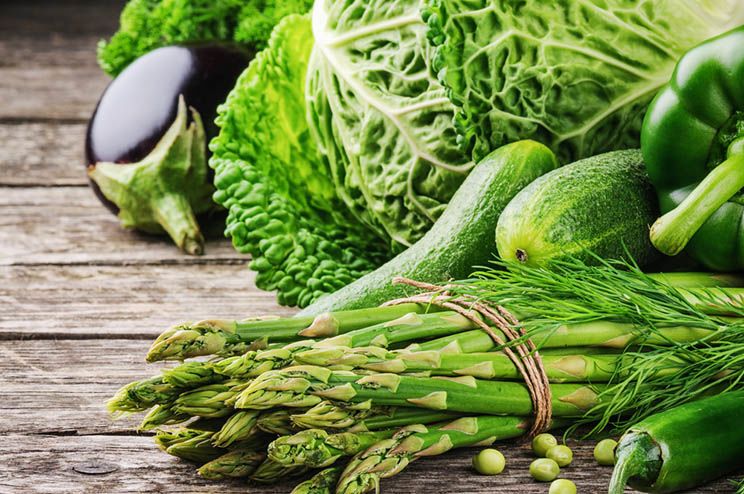
On the meat-eating side, it is best to consume organ meats, sardines, bone broth, shrimp, oysters and salmon. As anyone familiar with a Paleo approach can see, these are all staples of a well-rounded diet. Remember to also choose foods rich in magnesium, phosphorous and vitamin K2. Vitamin D3, while also vital to bone health, cannot be easily obtained via food. So make sure to get your daily dose of 15 minutes of sunlight, or supplement with a suitable amount.
What About Gluten?
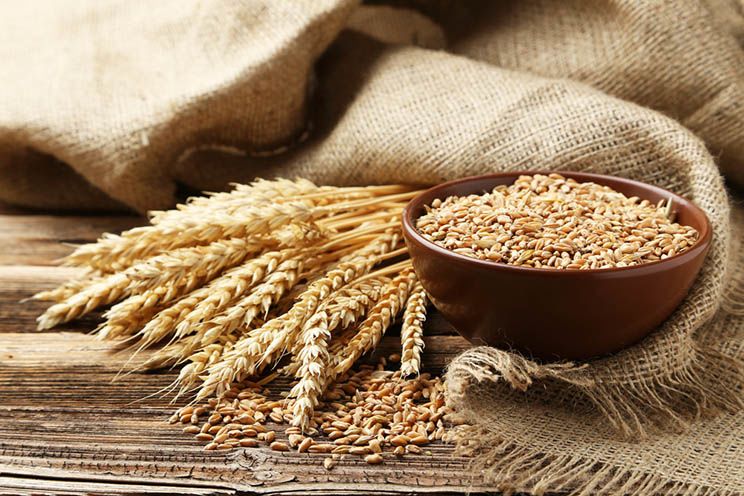
The Bottom Line
When it comes to calcium, the truth is both simpler and more complex than we have been led to believe. It is simpler because we don’t need 2 gallons of milk per day to get enough calcium. And it is more complex, because we need other elements besides calcium in order to build strong bones.
Once again, the Paleo approach speaks to the scientific truth, while mainstream health outlets still tend to get it wrong. I hope I’ve provided a good overview of the common myths about calcium, and I also hope that your diet can now be full of nutrient-dense, calcium-rich choices!
(Read This Next: The Truth About Carbs)

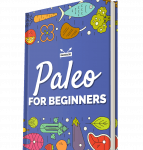
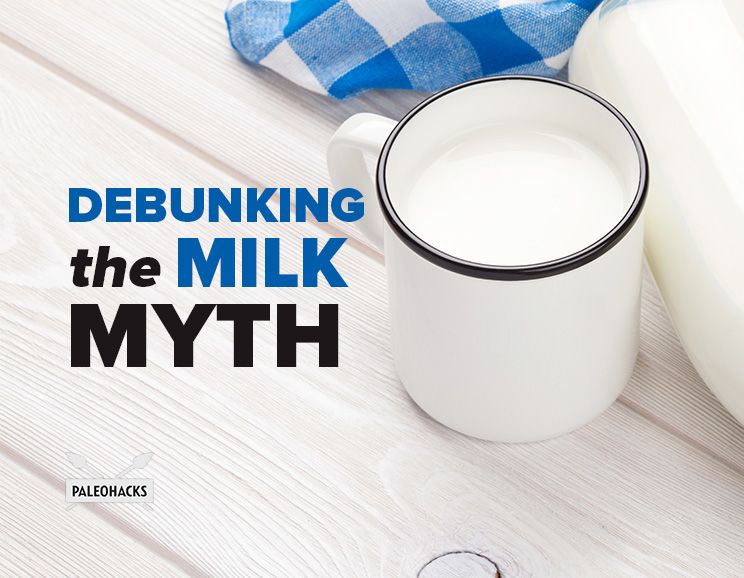
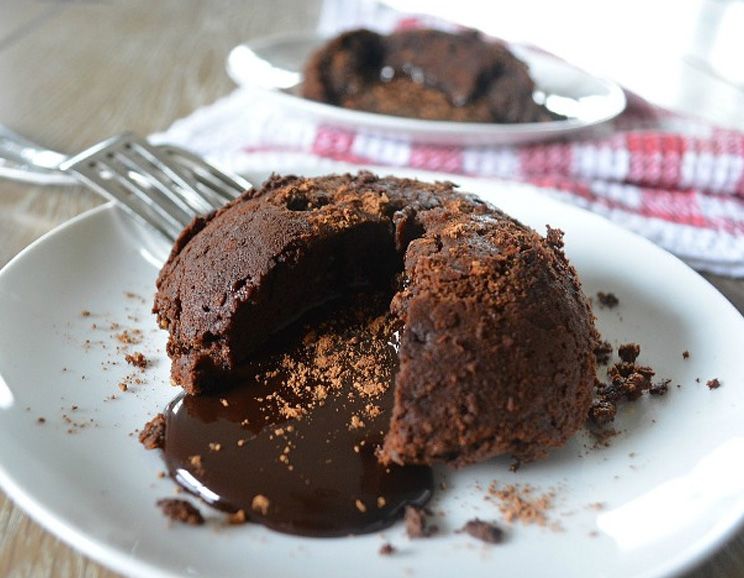 Dark Chocolate Lava Cake
Dark Chocolate Lava Cake
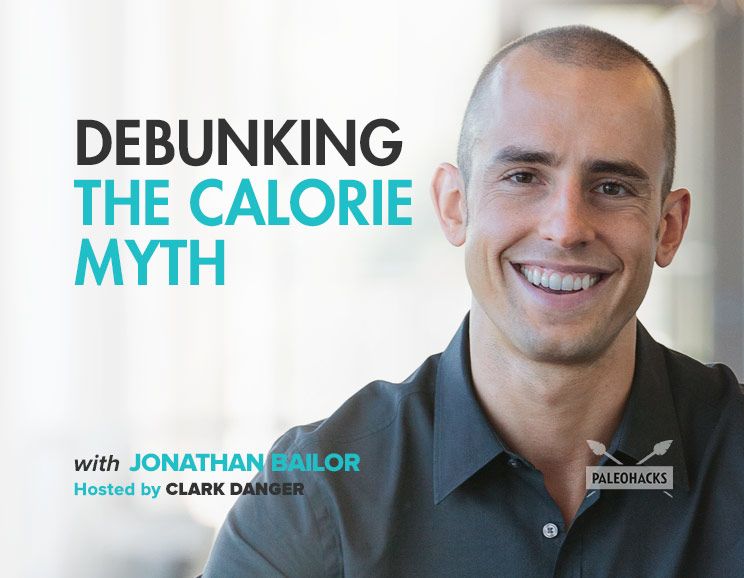
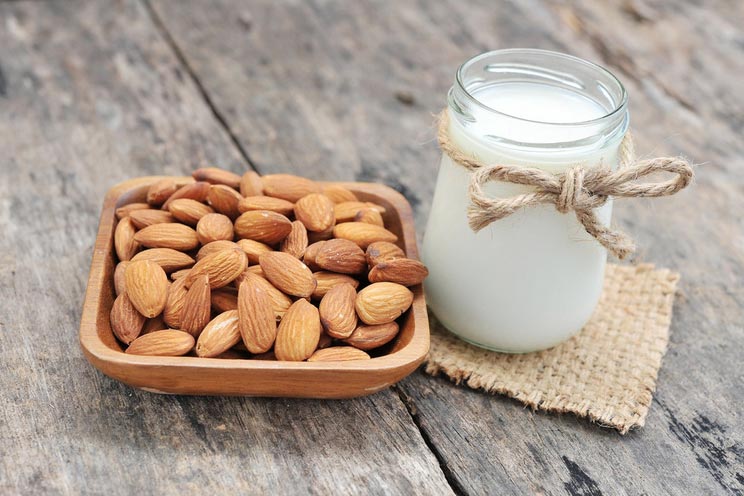
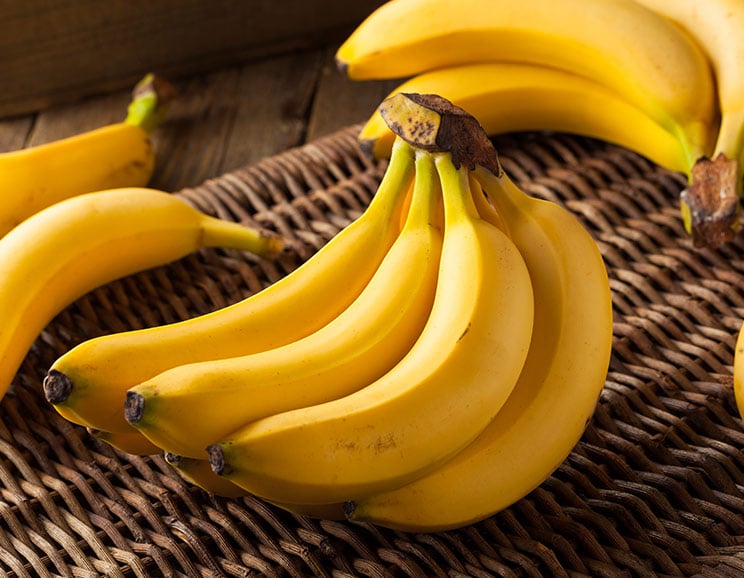
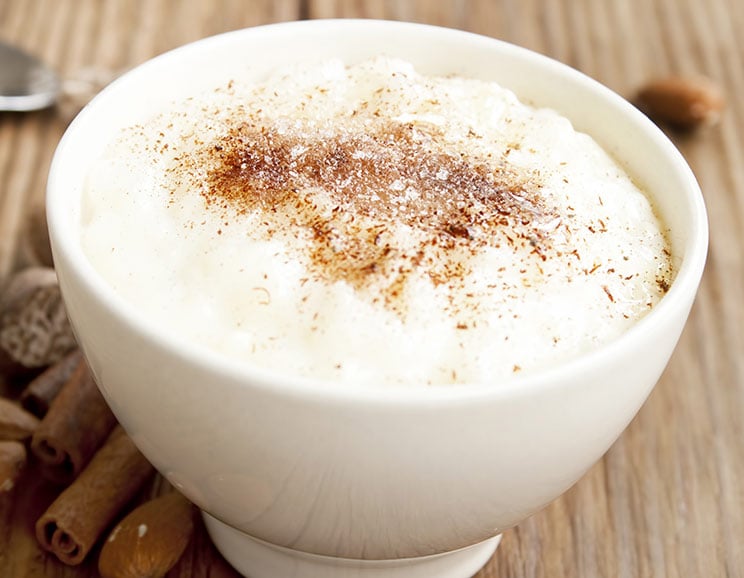

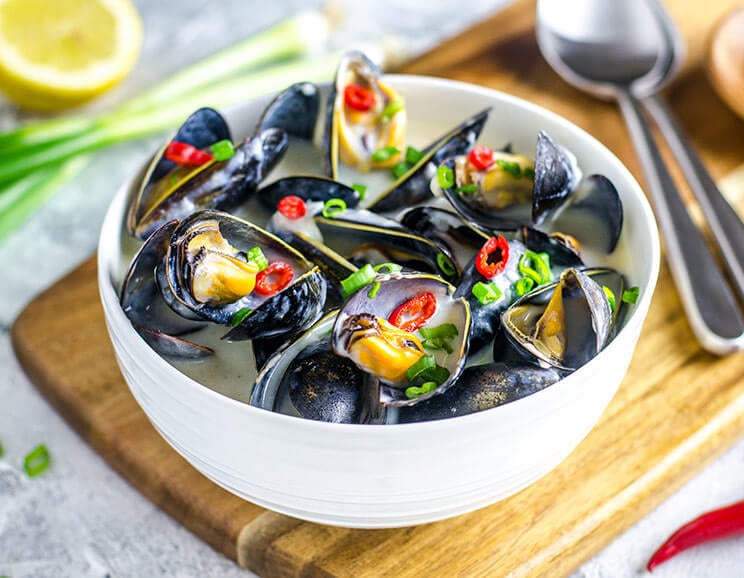


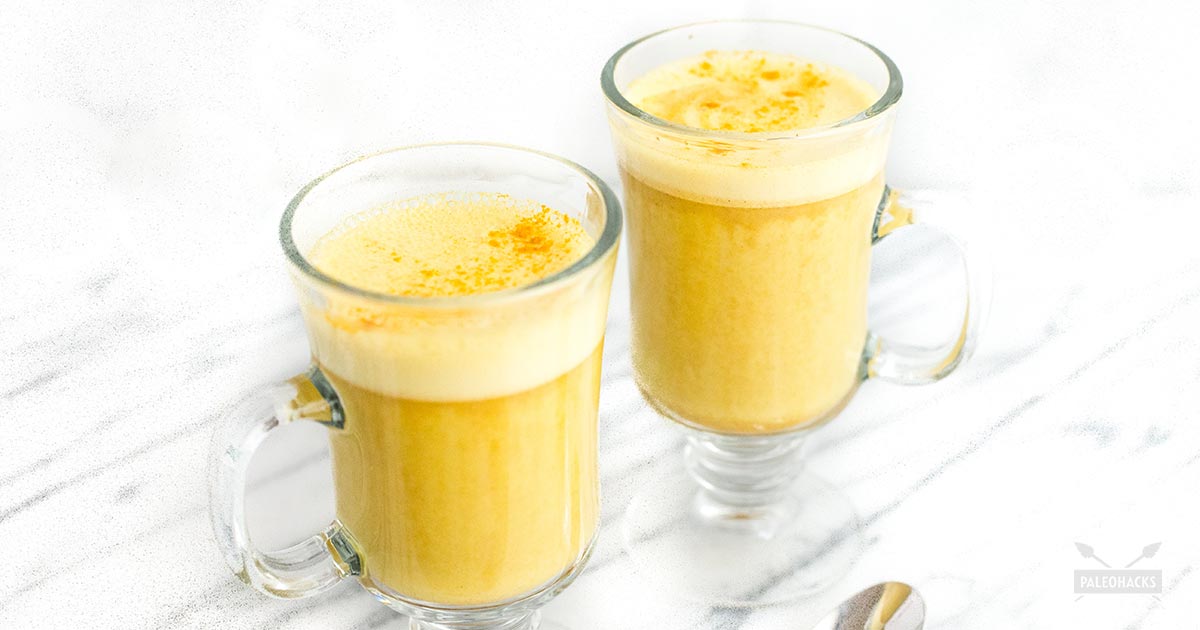
Show Comments